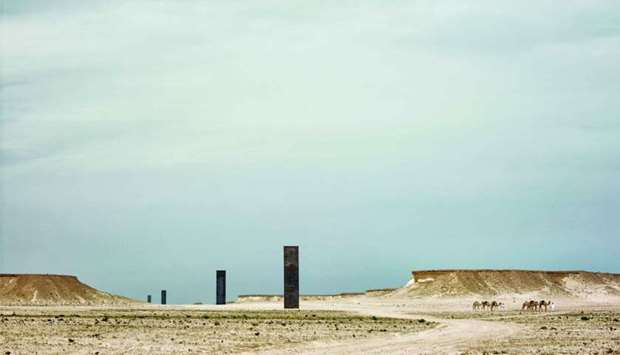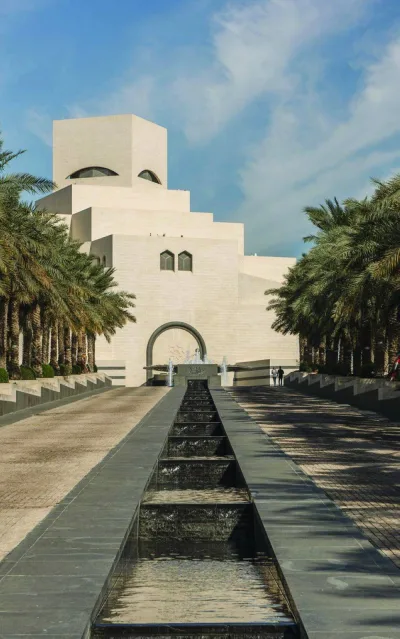*A new Cultural Heritage Law under study to stop vandalisation of public artworks
Qatar Museums (QM), will begin a specialised cleaning process for the East-West/West-East art installation by Richard Serra, following significant and deliberate damage caused by visitors to the sculpture in recent months, it was announced on Monday.
QM, along with its partners, are currently working on a new Cultural Heritage Law, which will build on existing regulations to strengthen the protection of arts and culture in the country, director of Cultural Heritage Protection, Abdullatif al-Jasmi said in a statement.
The breathtaking sculpture in the Brouq nature reserve spans over a kilometer and comprises four steel plates, each over 14m in height.
QM has worked closely with some of the world’s leading artists to place sculptures and other works in open public places, helping to enrich the lives of Qatar’s citizens and visitors.
From Doha’s Corniche to the desert of Zekreet, public art is now everywhere, transforming the spaces people share, encouraging dialogue and providing readily accessible sources of inspiration.
Vandalising public art is a crime and people who deliberately damage works can be punished in accordance with Qatar’s existing laws, according to a statement.
QM’s al-Jasmi observed: “Vandalism of any kind to our public art, not only affects the community’s enjoyment of the piece but also harms Qatar’s cultural heritage. It is important that people understand the social impact of the damage to the artworks but also that they can receive substantial fines and may be responsible for restoration.”
QM’s head of Public Art Abdulrahman al-Ishaq stated: “Public art is a national asset that we as citizens and residents can be proud of. We call upon the community to help us ensure that all public art works are cared for and protected, preserving them for the enjoyment of current and future generations. Our public art is a fundamental part of Qatar’s cultural life, benefiting the nation and its people, both socially and economically. It fosters creativity and contributes to Qatar’s rapid progression towards becoming the region’s cultural hub – in alignment with the Qatar National Vision 2030.”
Public artworks contribute to Qatar’s growing tourism sector, helping diversify the economy. According to statistics by the National Tourism Council, Qatar welcomed 1.19mn visitors during the first seven months of 2019 – signifying a continuing development of the tourism sector. Public art plays a key role in this growth, attracting visitors to the country, the statement added.



